
History
In 1934 the Reichsluftfahrtministerium asked for a new multipurpose aircraft. Henschel, Messerschmitt and Junkers responded and started to work on prototype aircraft. Junkers developed a Schnellbomber Ju 88 which had its maiden flight in 1936 and managed to reach a speed of 580 km/h (faster than a Hawker Hurricane but slower than a Spitfire).
With a payload of 2000 kilograms the Ju 88 reached a speed of 517 km/h. It had fewer guns than a comparable Luftwaffe aircraft for it was considered it would outrun late 1930s fighters.
All kinds of adaptation were worked out on the Ju 88 making it a Schnellbomber (Fast bomber), a dive bomber, a night fighter, a heavy fighter, a torpedo bomber, a long-range reconnaissance aircraft and unexpectedly and flying bomb in a Mistel setup with a Focke-Wulf Fw 190 A-8.
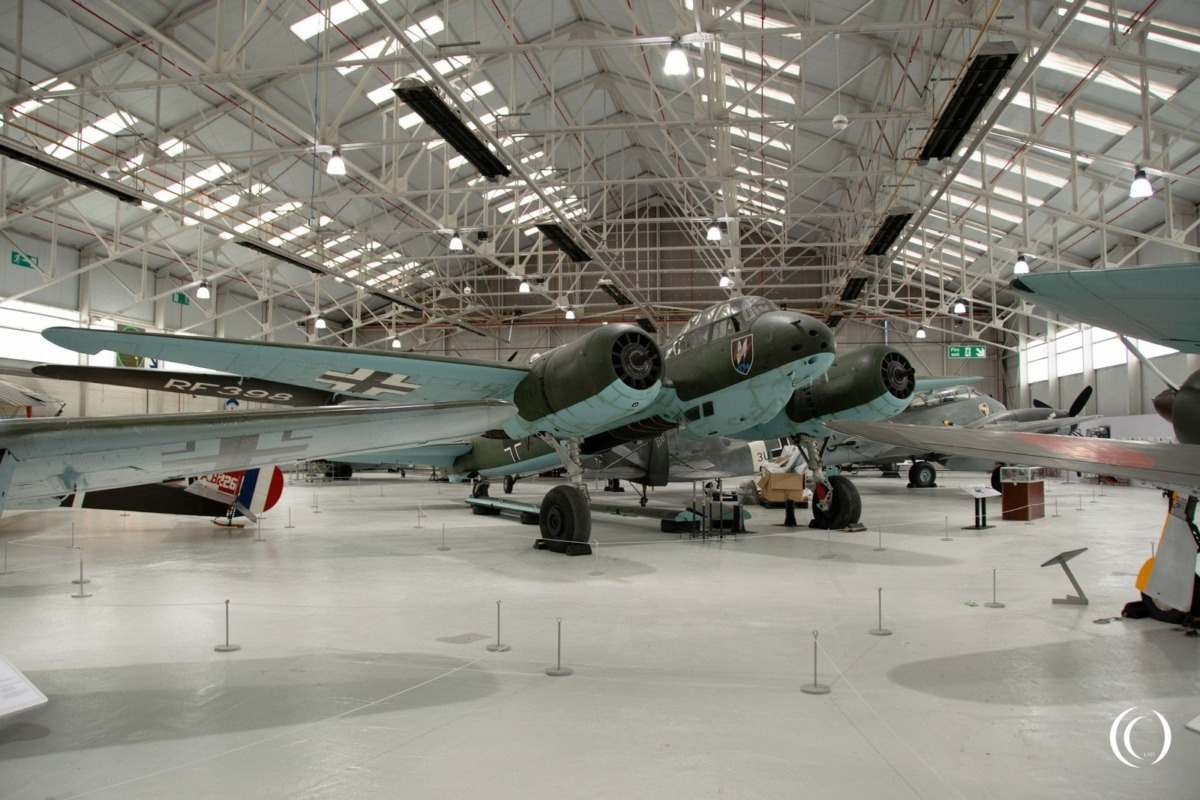
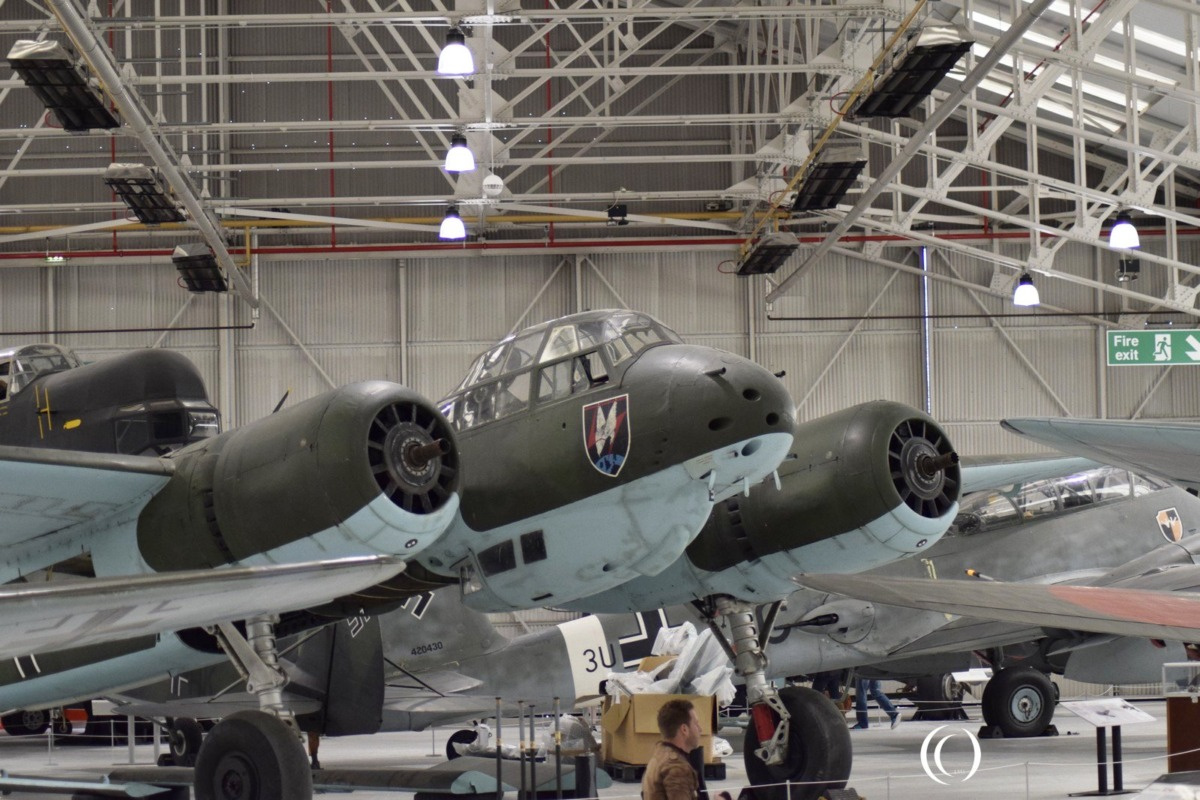
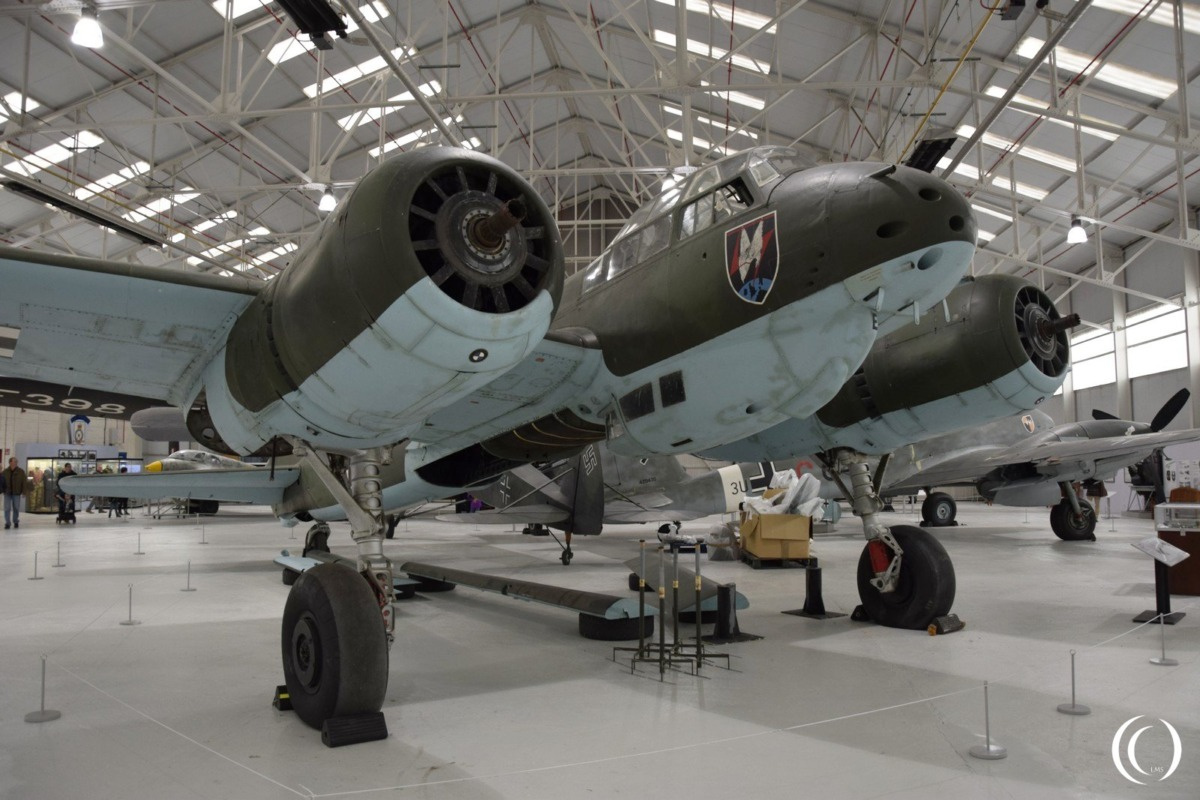
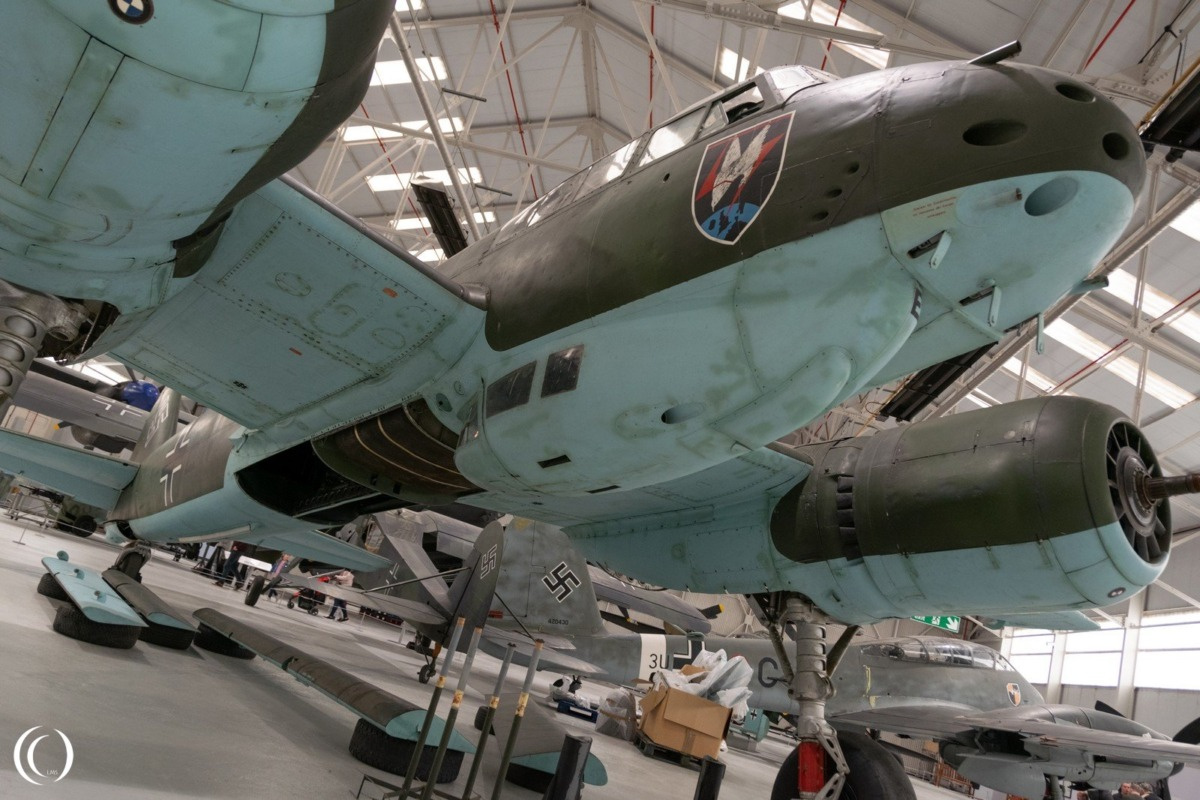
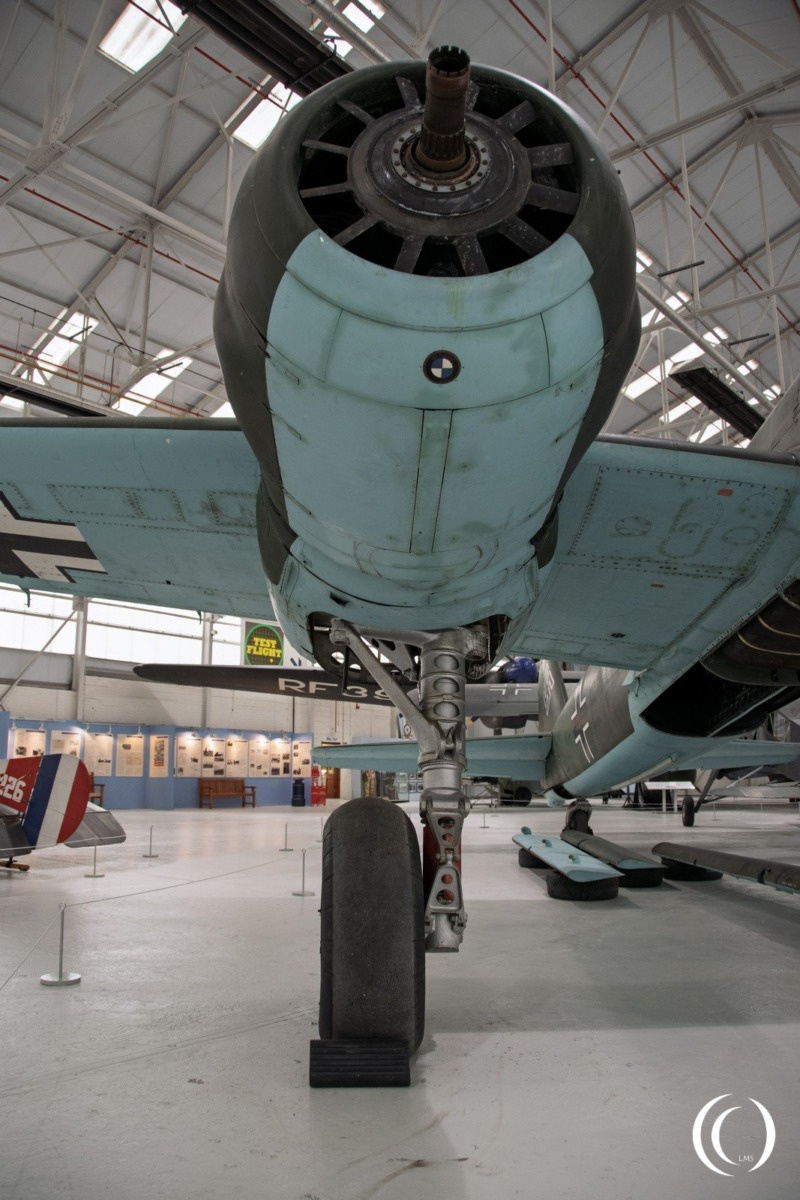
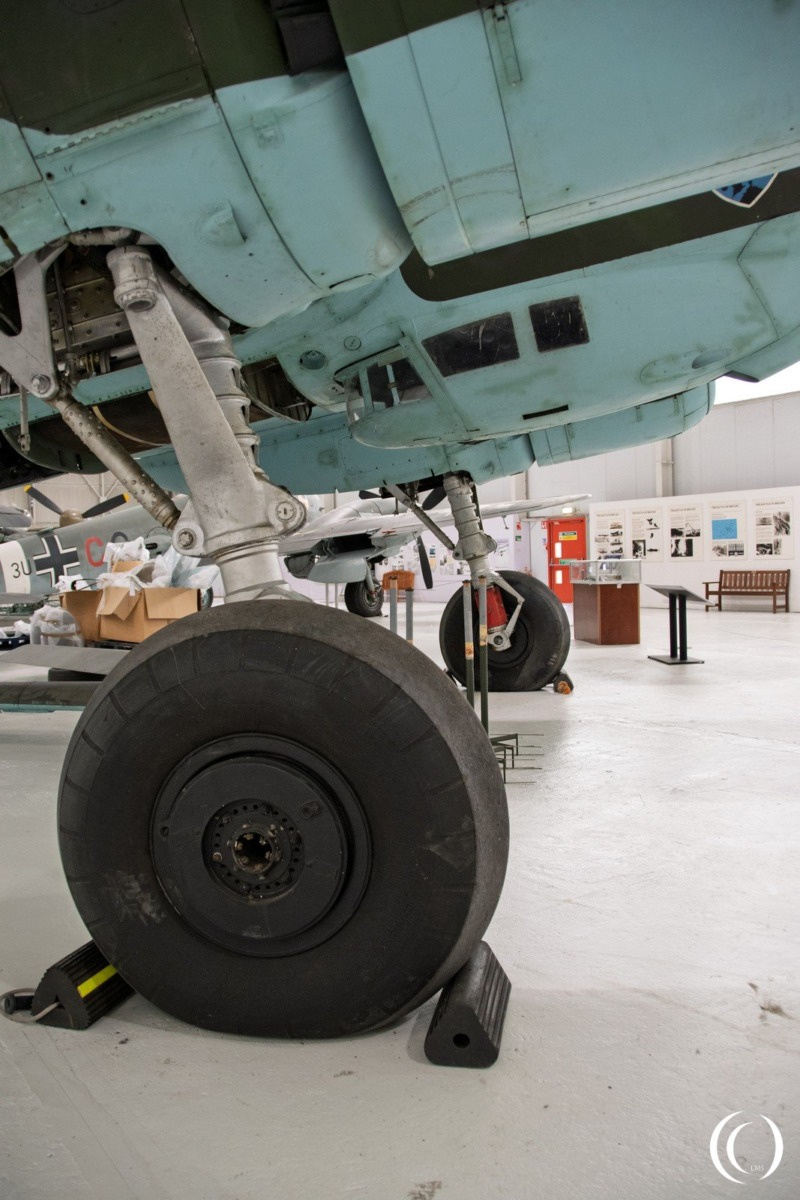
Ju 88 Specifications (Ju 88 A-4)
The Junkers Ju 88 had a crew of 4, pilot, bombardier/front gunner, radio operator/rear gunner and navigator/ventral gunner. The plane was 14,4 meter long, 4,8 meter high and had a wingspan of 20 meters. It was powered by two Junkers Jumo 2111J-1 or J2 V12 engines. And fully equipped it reached a top speed of 470 km/h. It had a range of 1790 km.
The Junker Ju 88 A-4 was armed with six 7,92 mm guns, two forward (front windscreen and lower fuselage), two in the rear canopy firing aft. And the last two (twin machineguns) in the rear ventral Bola position firing aft.
It carried up to 1400 kilograms ordnance in two bomb bays (900+500kg) and 500 kg externally. This could go up to 1300 kg but the plane needed rocket-assisted-take-off assistance. (Armament differed on type of Ju 88).


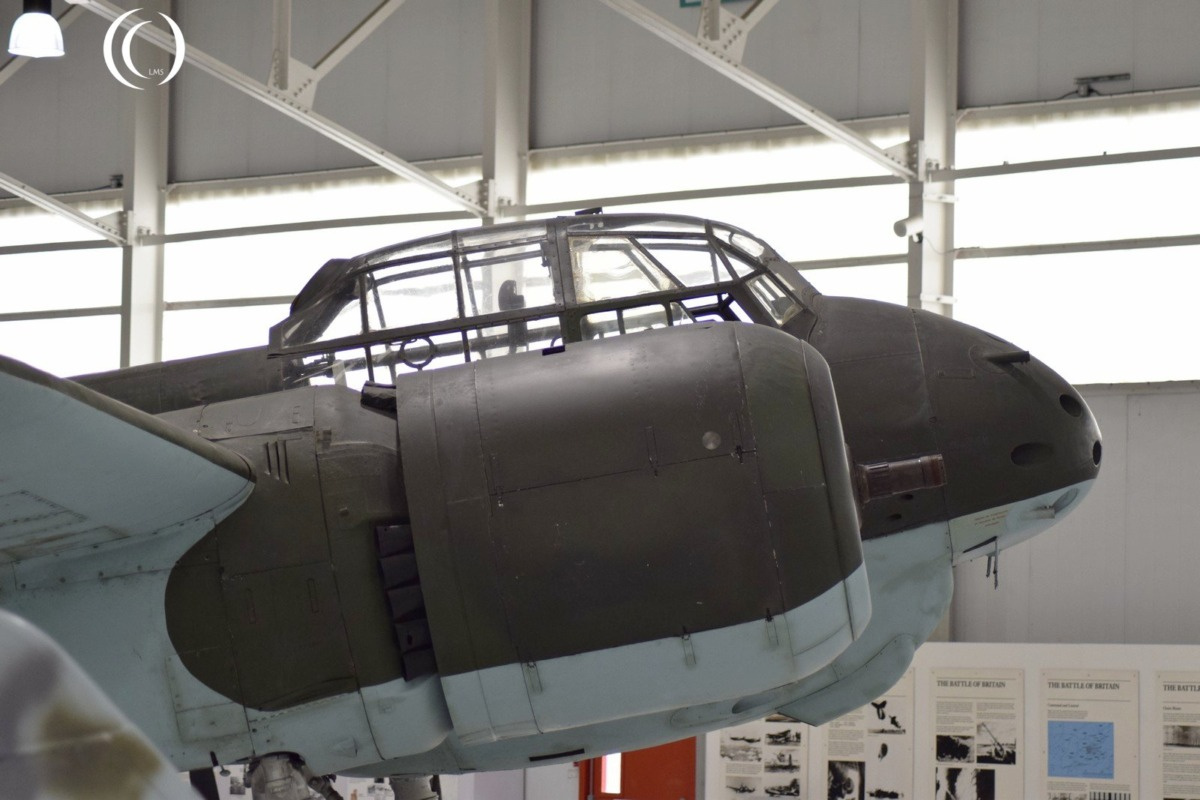

The story of this Junker Ju 88 R-1 on display
The Ju 88 on display was constructed as Ju 88 A-1 with Werknummer 360043 and serial number CH + MB in 1942. From January to April 1943 it was converted into a Ju 88 R-1, a night fighter with Lichtenstein radar equipment installed and was transferred to 10./NJG3 and received a new Luftwaffe serial number; D5 + EV.
On Sunday 9 May 1943 the Luftwaffe crew, Pilot – Oberleutnant Herbert Smidt, Flight Engineer – Oberfeldwebel Erich Kantwill and Wireless Operator/ Gunner – Oberfeldwebel Paul Rosenberger, took of with this Junkers Ju 88 R-1 from the photos. They left the Aalborg airfield in Denmark around 15:00 and flew towards Kristiansand for refueling two hours later. At 16:50 they left Kristiansand, Norway, for a mission over Skagerrak.
The Skagerrak is a strait running between the Jutland peninsula of Denmark, the east coast of Norway and the west coast of Sweden, connecting the North Sea and the Kattegat sea.
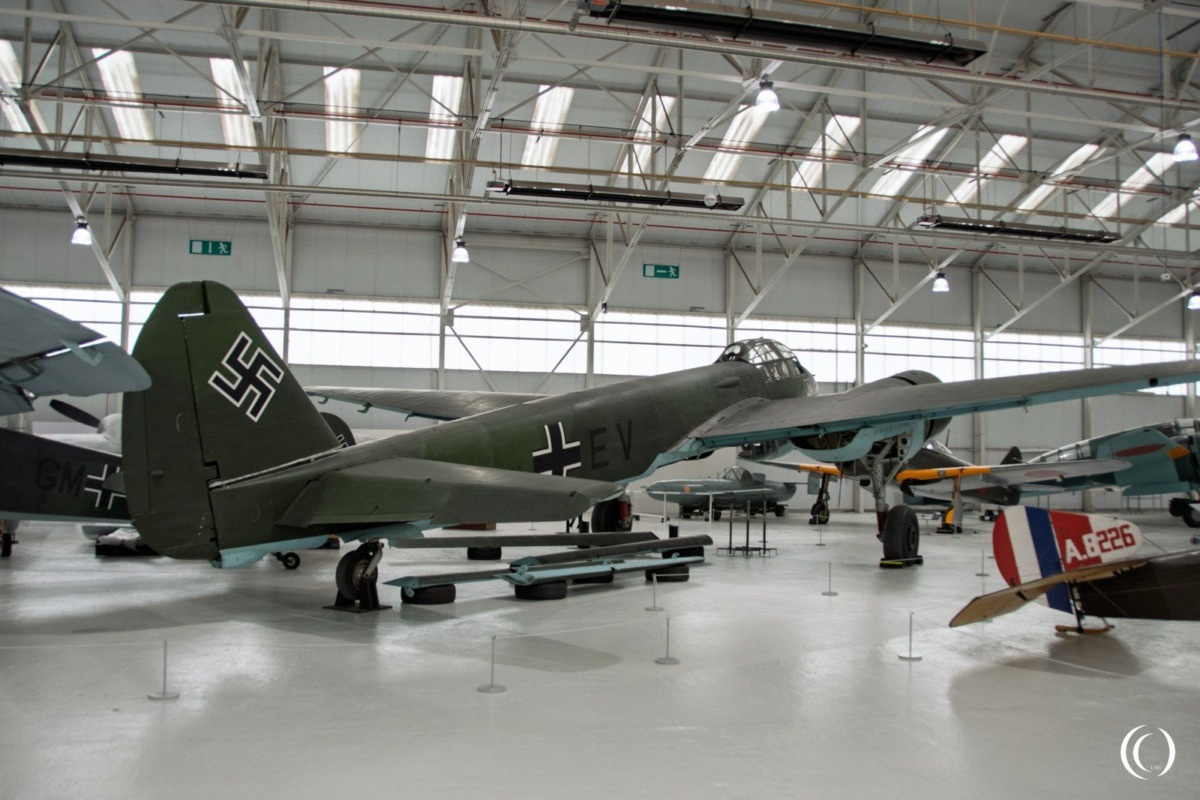
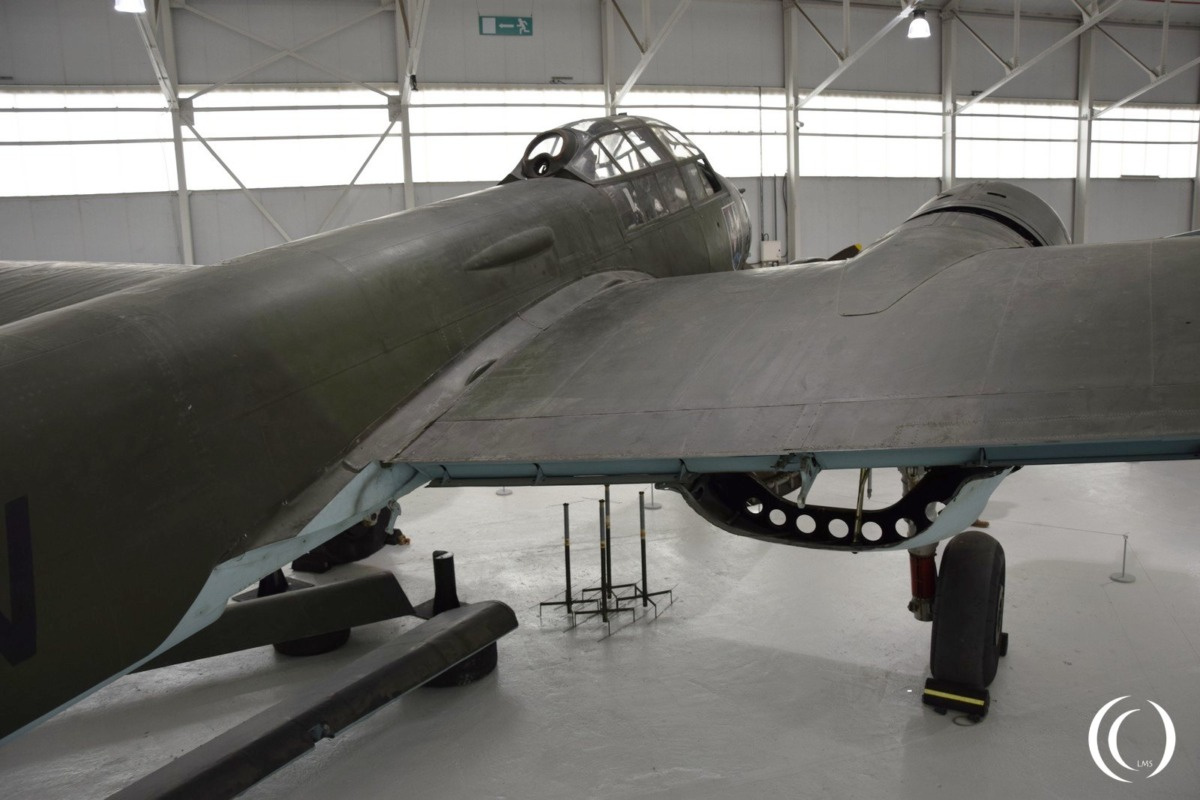
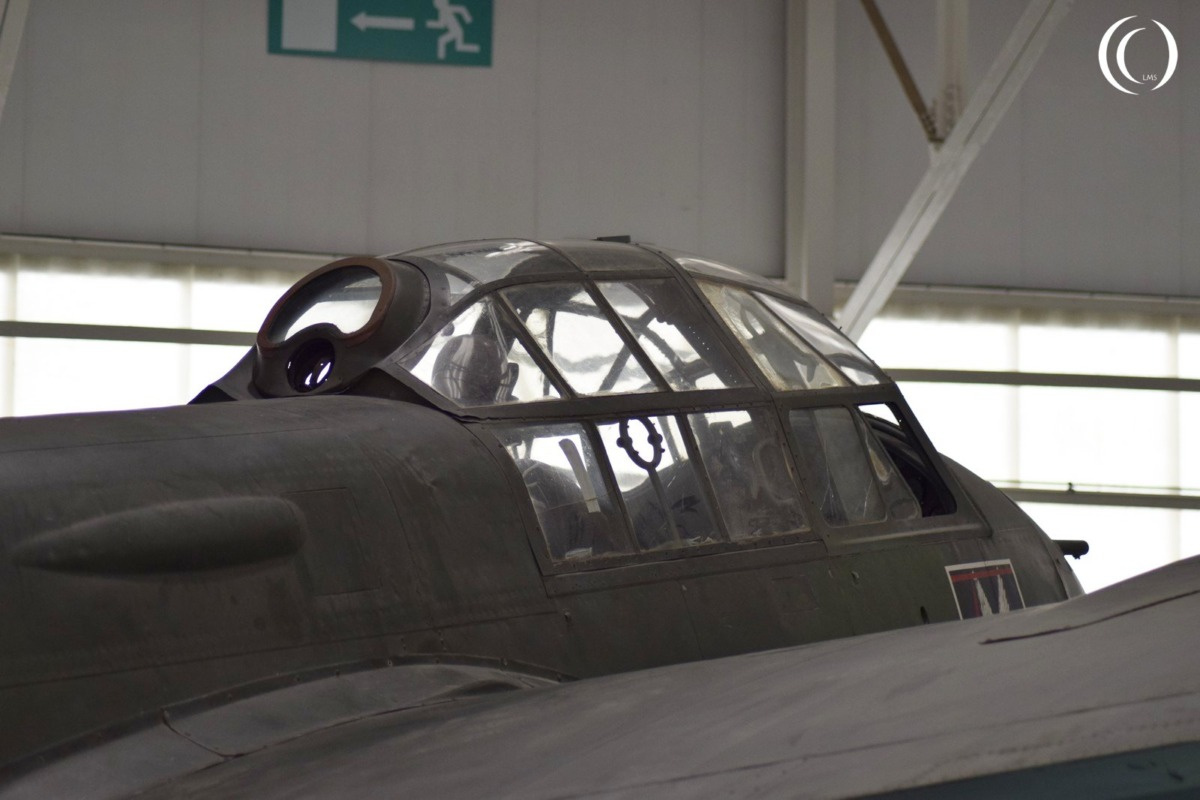
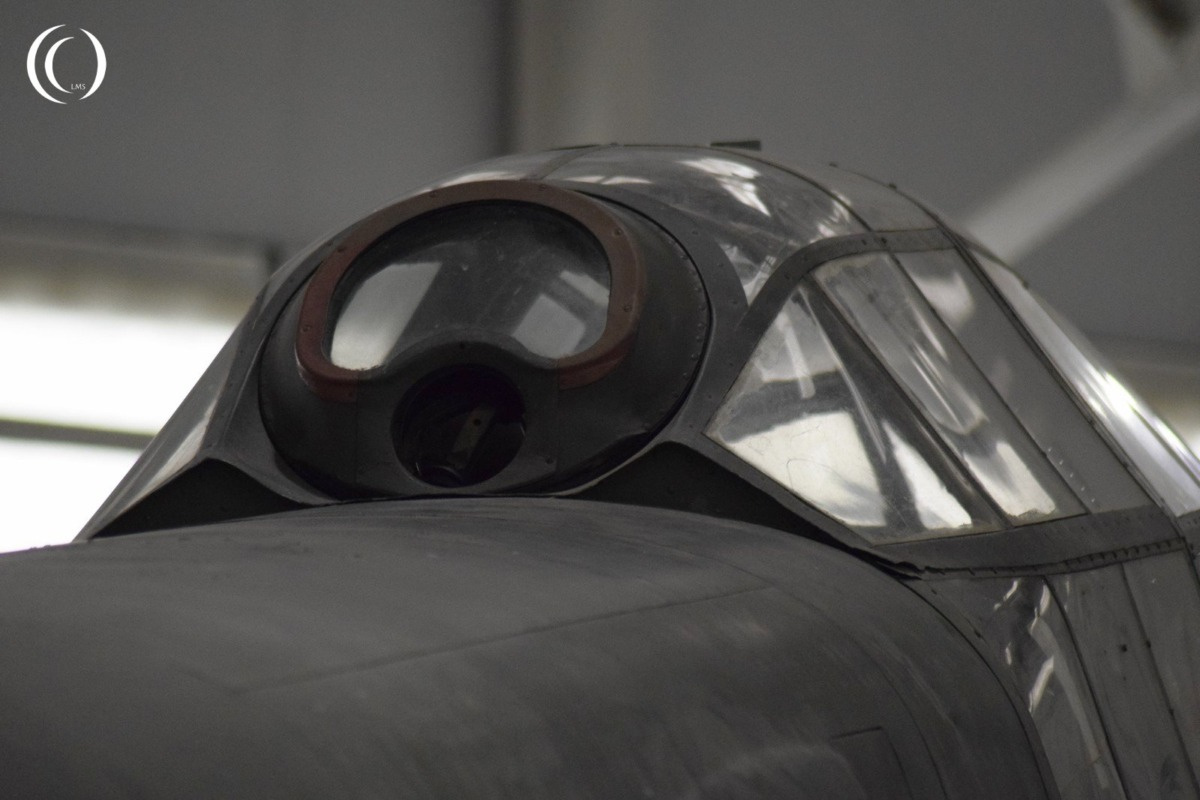
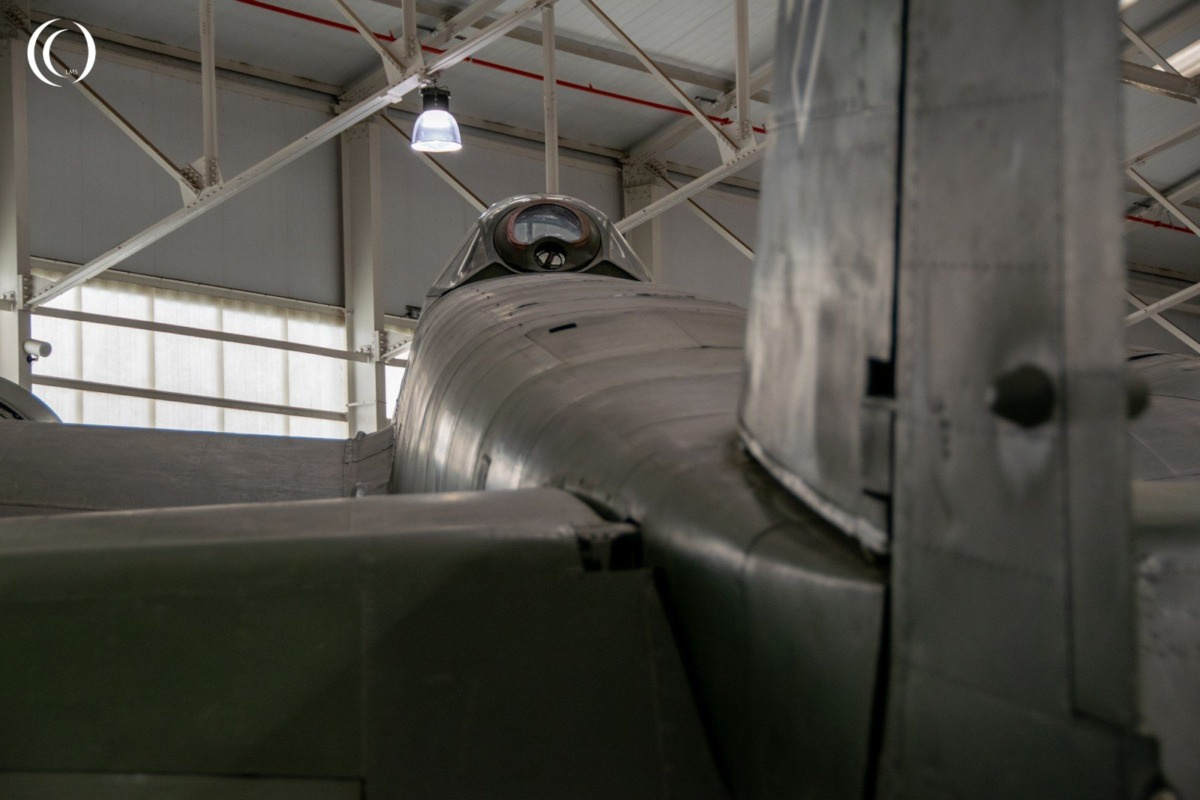
But after takeoff they changed course towards the North Sea and flew below the radar towards the United Kingdom. They were picked up by Spitfires of RAF and brought in at Dyce Airfield in Scotland. The deflecting crew brought an Ju 88 with a complete FuG 202 Lichtenstein BC radar towards the British intelligence to investigate.
(there are lots of different angles on this story, more can be read here: https://aircrewremembered.com/schmid-herbert-defection.html
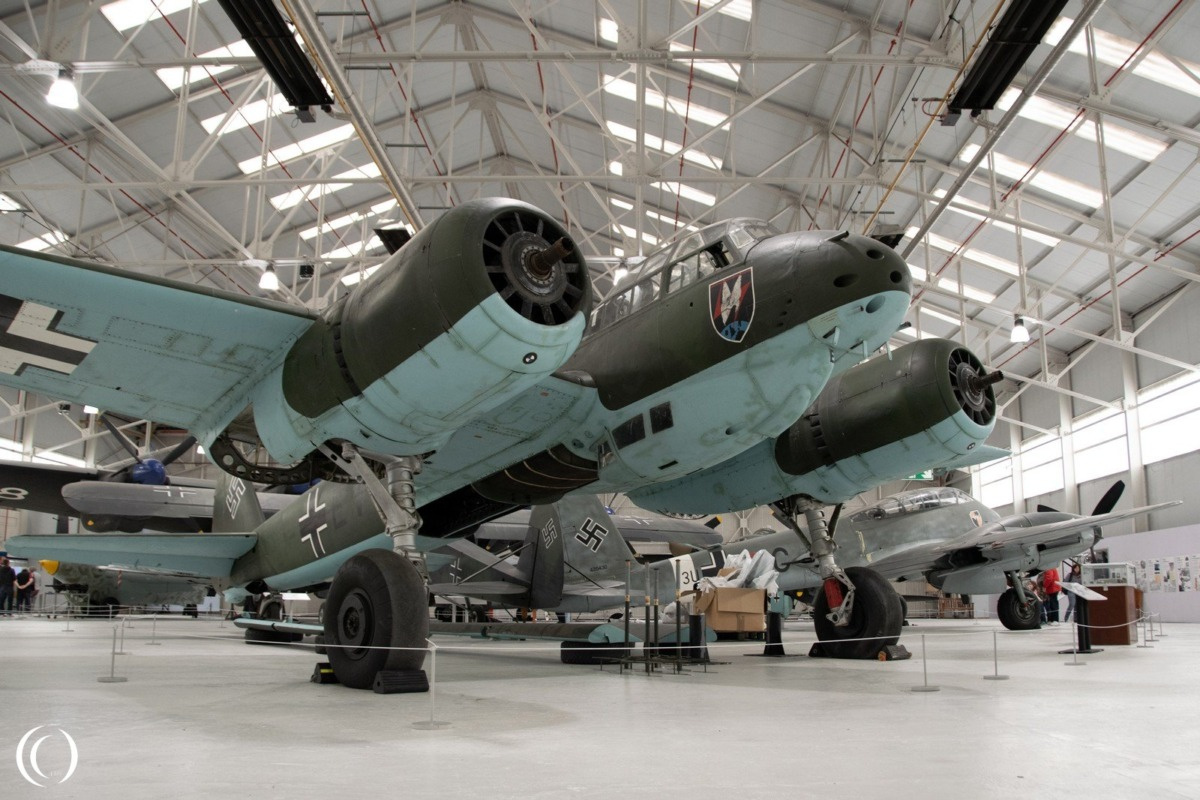
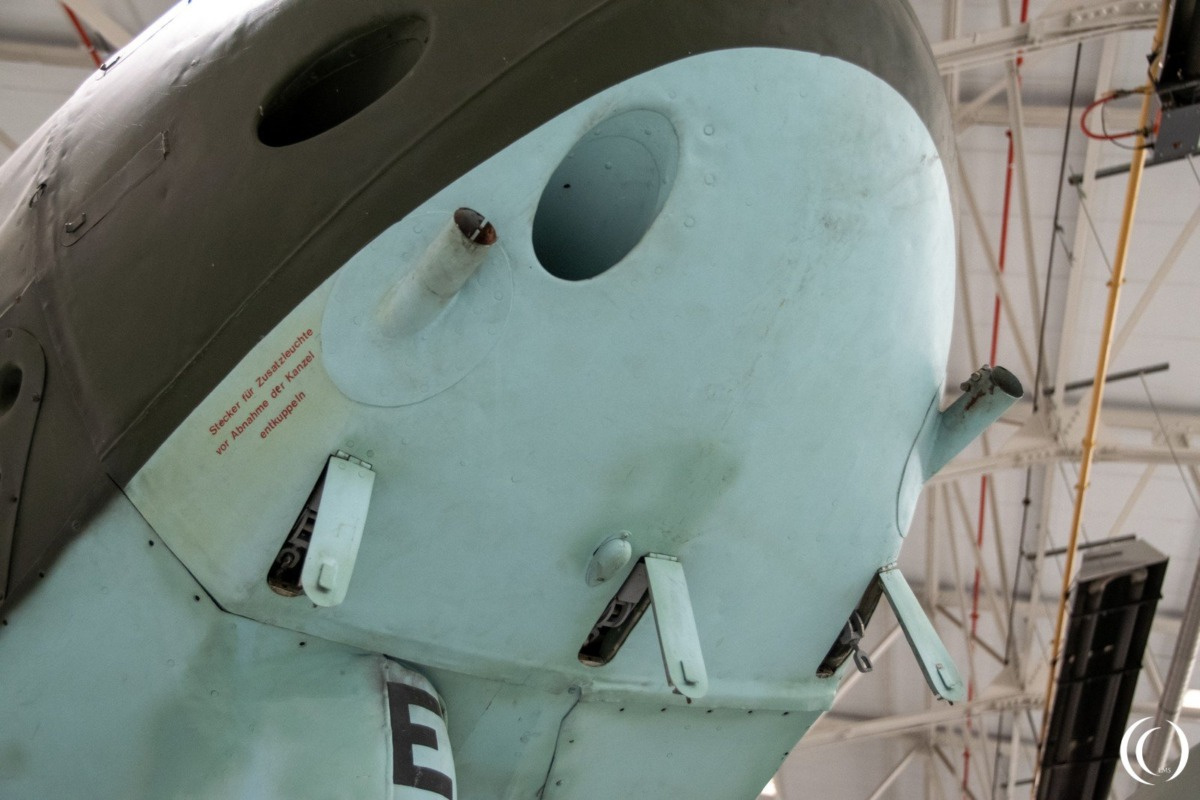
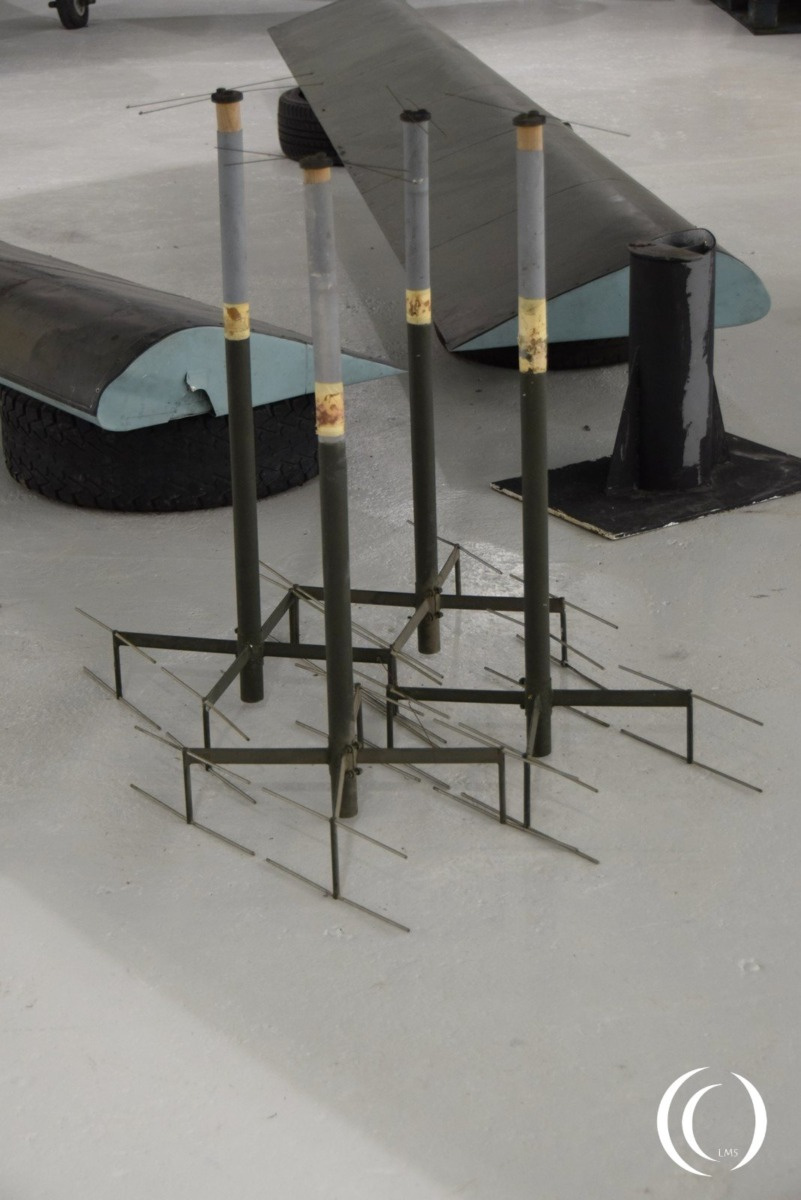

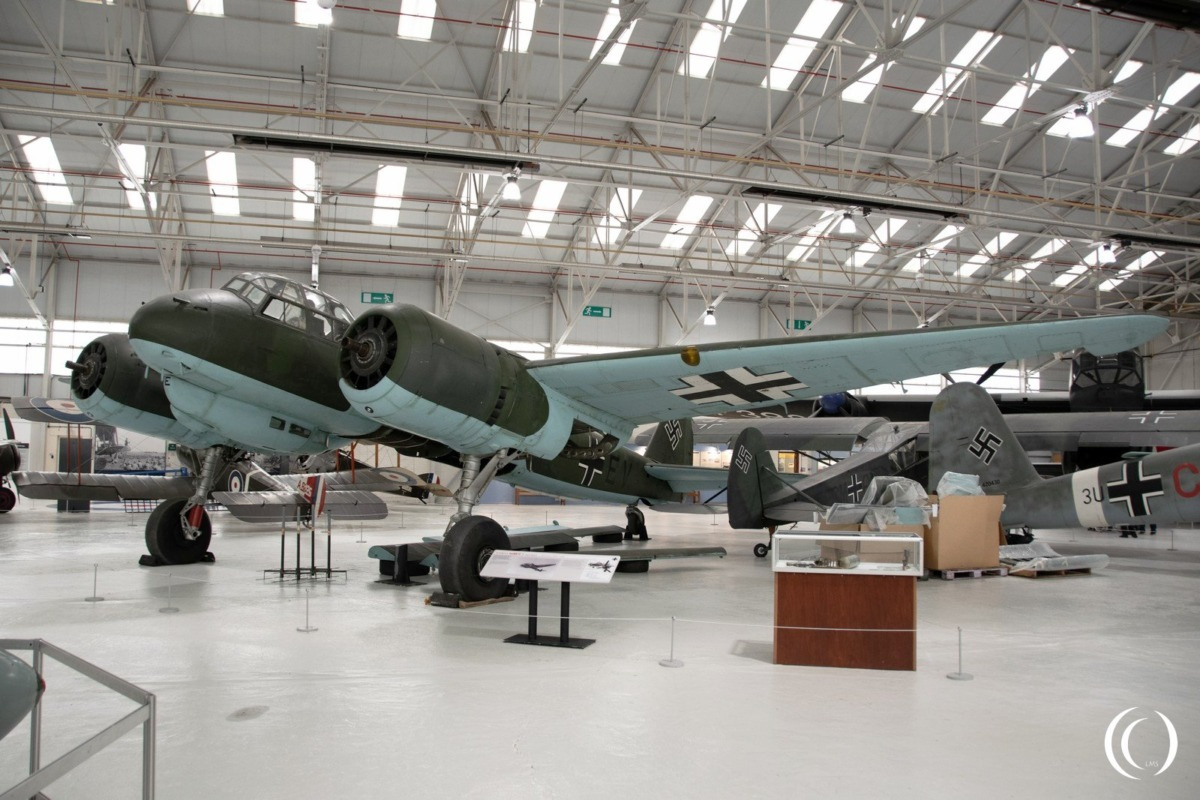
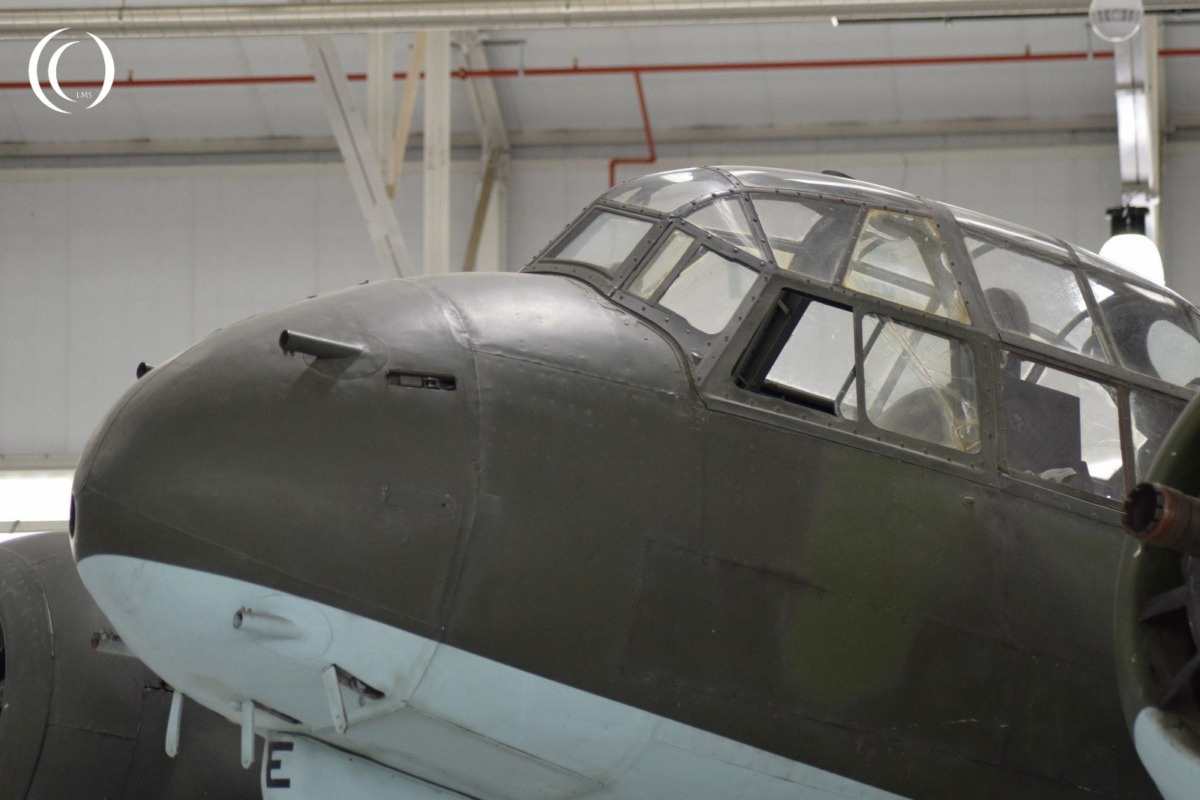

Unfortunately on our visit the Junkers Ju88 R-1 was still under construction at Cosford, the propellers were not attached and the four Matratze 32-dipole antennas for the Lichtenstein UHF radar laid on the ground underneath the airplane.